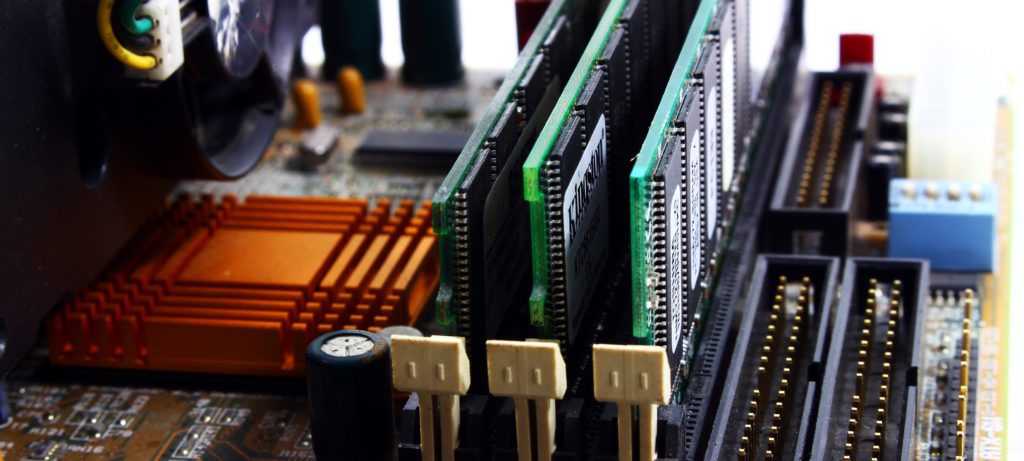Five multidisciplinary research teams are working on projects to assist with the coronavirus outbreak and to help find solutions to pressing problems.


Five multidisciplinary research teams are working on projects to assist with the coronavirus outbreak and to help find solutions to pressing problems.

Her work uses machine learning to measure mood, emotion, and other aspects of human behavior for purposes of providing early or real-time interventions for people in managing their health.
Aerial sampling offers a new look at escaping gases that contribute to global climate change.
The post Offshore oil and gas platforms release more methane than previously estimated appeared first on Michigan Engineering News.
New website pairs workers with volunteers ready to help.
The post Helping Michigan Medicine workers during COVID-19 appeared first on Michigan Engineering News.
University of Michigan researchers have developed a helmet solution to support patients, protect health care workers and safeguard hospital systems.
The post Repurposed industrial respirator could free ventilators for COVID-19 patients appeared first on Michigan Engineering News.
Creating and measuring intricacy in particles that could improve electronics and chemical reactions.
The post World’s most complex synthetic microparticle outdoes nature’s intricacy appeared first on Michigan Engineering News.

Wu is working on advanced metasurfaces, which could help next-generation wireless communication, commercial and military radar systems, imaging, and antenna systems.
Virtually visit (what should be) desolate intersections around the world during COVID-19.
The post Live public street cams are tracking social distancing appeared first on Michigan Engineering News.
A wrist-worn device detected disrupted sleep 24 hours before study participants began shedding flu viruses.
The post Could a smartwatch identify an infection before you start spreading it? appeared first on Michigan Engineering News.

The student’s project targets critical moments where the next instruction in a program is only available in a slower type of memory.